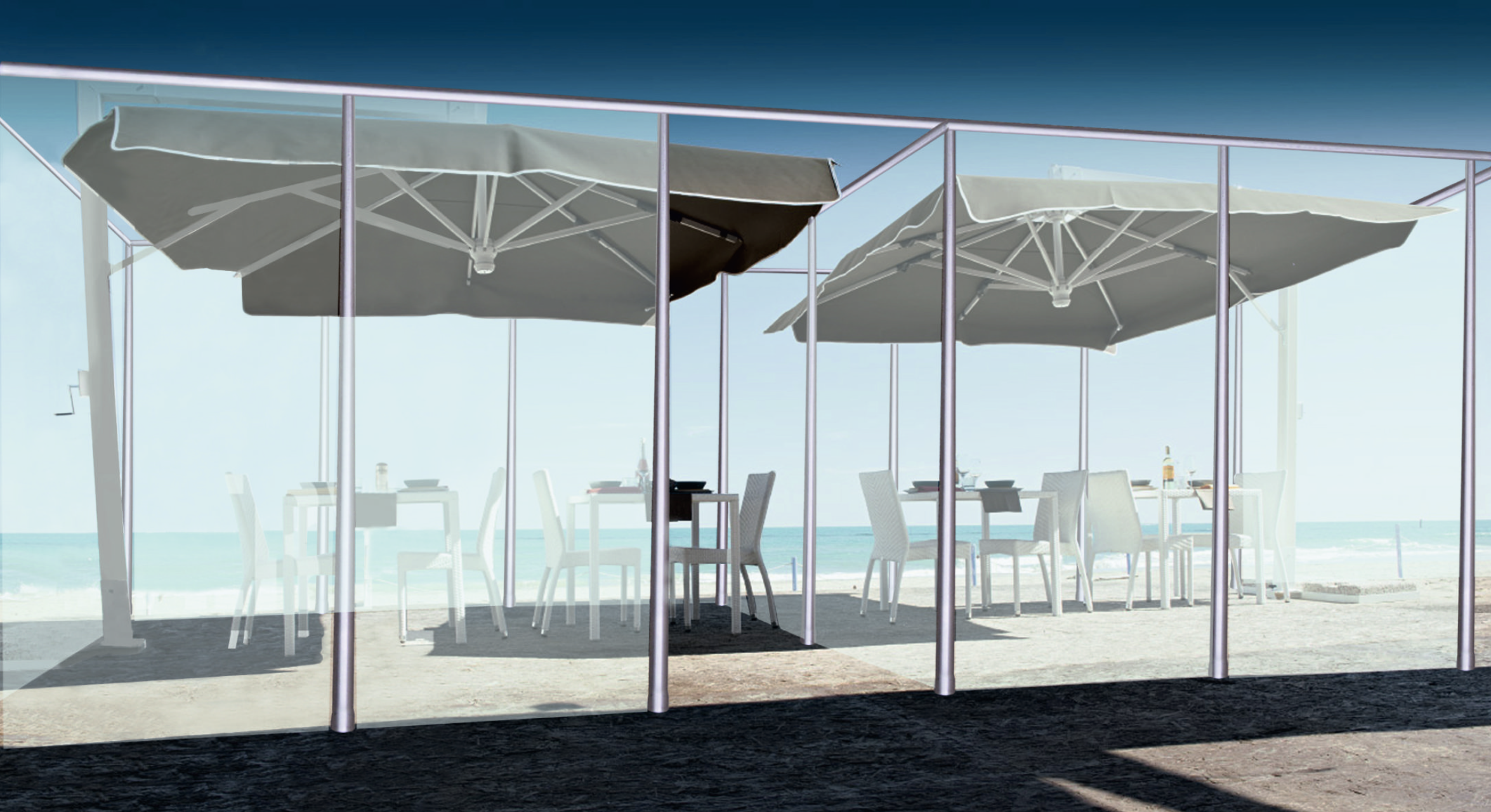From vicinity alarms in museums to al fresco drive-in cinemas, countries around the world are looking at new and creative ways to welcome tourists in the safest way possible. Erica Jamieson reports
The latest predictions from the United Nations World Tourism Organisation anticipate a 60-80 per cent decline in international travel, putting some 120 million jobs in the tourism sector at risk.
Governments and attractions are scrambling to limit the economic impact, with some cities introducing social distancing technology, barriers, and other measures to reassure visitors and keep their borders open.
In the UK, lockdown will be lifted on July 4, with museums, cinemas and galleries able to reopen their doors. With germaphobia a very real concern for many, however, being in the fresh air will be preferable, which is no doubt why American-style drive-in cinemas from the likes of Luna Cinema are making their debut across the country.
 In Italy, the rules were lifted a little earlier, in mid-May, giving an indication to other countries as to how visits to tourist attractions might be handled.
In Italy, the rules were lifted a little earlier, in mid-May, giving an indication to other countries as to how visits to tourist attractions might be handled.
In Florence, the Cathedral of Santa Maria del Fiore – more commonly known as the Duomo – is giving visitors lanyards with devices attached that beep, vibrate and flash when people come within two metres of one another.
Worn around the neck, the gadgets will be available at no cost and disinfected between each use. In a statement, the Duomo said: “[We are the] first in the world to use it in the museum context, this system guarantees the maximum of security and comfort during the visit.”
Compulsory temperature checks and face masks also apply to visitors at each of the Duomo’s five monuments, including Giotto’s Bell Tower and Brunelleschi’s dome.

The International Committee for Museums and Collections of Modern Art issued recommended safety guidelines to its 35,000 members in late April. Along with the Duomo’s policies, suggestions include registering visitors for potential contact tracing, enhanced cleaning and the suspension of all guided tours, large events and programmes for senior citizens and vulnerable people.
Elsewhere in Italy, beach resorts are considering electronic bracelets to monitor crowding, along with one-way flow systems, umbrellas at five-metre intervals, and booking apps to assign time slots for sunbathing. Sardinia’s La Pelosa beach plans to implement a limited admission ticketing system. At a beach bar on the Greek island of Santorini, plexiglass screens have been installed around beach chairs and sun loungers. Bar owner Charlie Chahine hopes that the giant transparent boxes will entice tourists back to the island.
At a beach bar on the Greek island of Santorini, plexiglass screens have been installed around beach chairs and sun loungers. Bar owner Charlie Chahine hopes that the giant transparent boxes will entice tourists back to the island.
“We hope these constructions you see are not going to be the future for beaches,” Chahine told Reuters. “We don’t want this, but if this is necessary, and if this is what people’s safety depends on, such a construction or any such construction – we (just) want to work, we want to get going.”
In the US, staff at the Las Vegas Venetian and Palazzo resorts are being asked to wear “smart rings” that can detect infection before symptoms occur.
Designed by Finnish tech start-up Oura, and priced at US$300 each, the finger rings were originally designed to track sleeping patterns. Two studies indicated that the rings can predict the onset of Covid-19 symptoms by measuring body temperature, heart rate, and respiration.
About one thousand staff at Las Vegas Sands are currently trialling the products. “Our approach is to be measured, to make sure this makes sense, and if it does, we’ll expand it,” said Rob Goldstein, resort owner. “We need to protect our people and make it a very safe place to work.”
Emergency medical workers at two San Francisco hospitals will also begin wearing the smart rings. Oura is working with the hospitals to urge its 150,000 other customers to share medical data, which they hope will lead to an algorithm for early virus detection.
Meanwhile, in Toronto, an immersive Van Gogh exhibit is welcoming drive-in visitors, in order to maintain social distancing. The first of its kind, the installation projects light and sound that visitors can enjoy from the safety of their cars.
“We want to make presenting Immersive Van Gogh safe for our audiences,” said co-producer Svetlana Dvoretsky, “While also keeping our artists, contractors and staff employed at their pre-Covid salaries.”
In the US, Six Flags amusement park and the San Antonio Zoo have also added drive-through experiences hoping to keep customers safe and entertained.
What’s coming next? Trend reports available to download HERE




